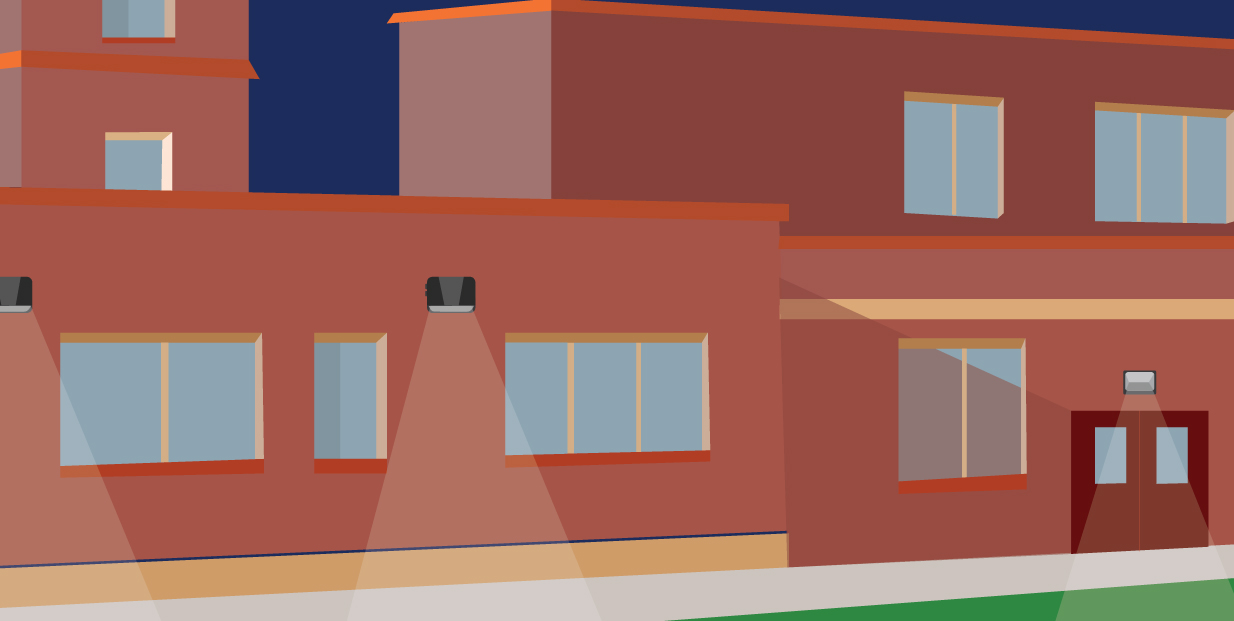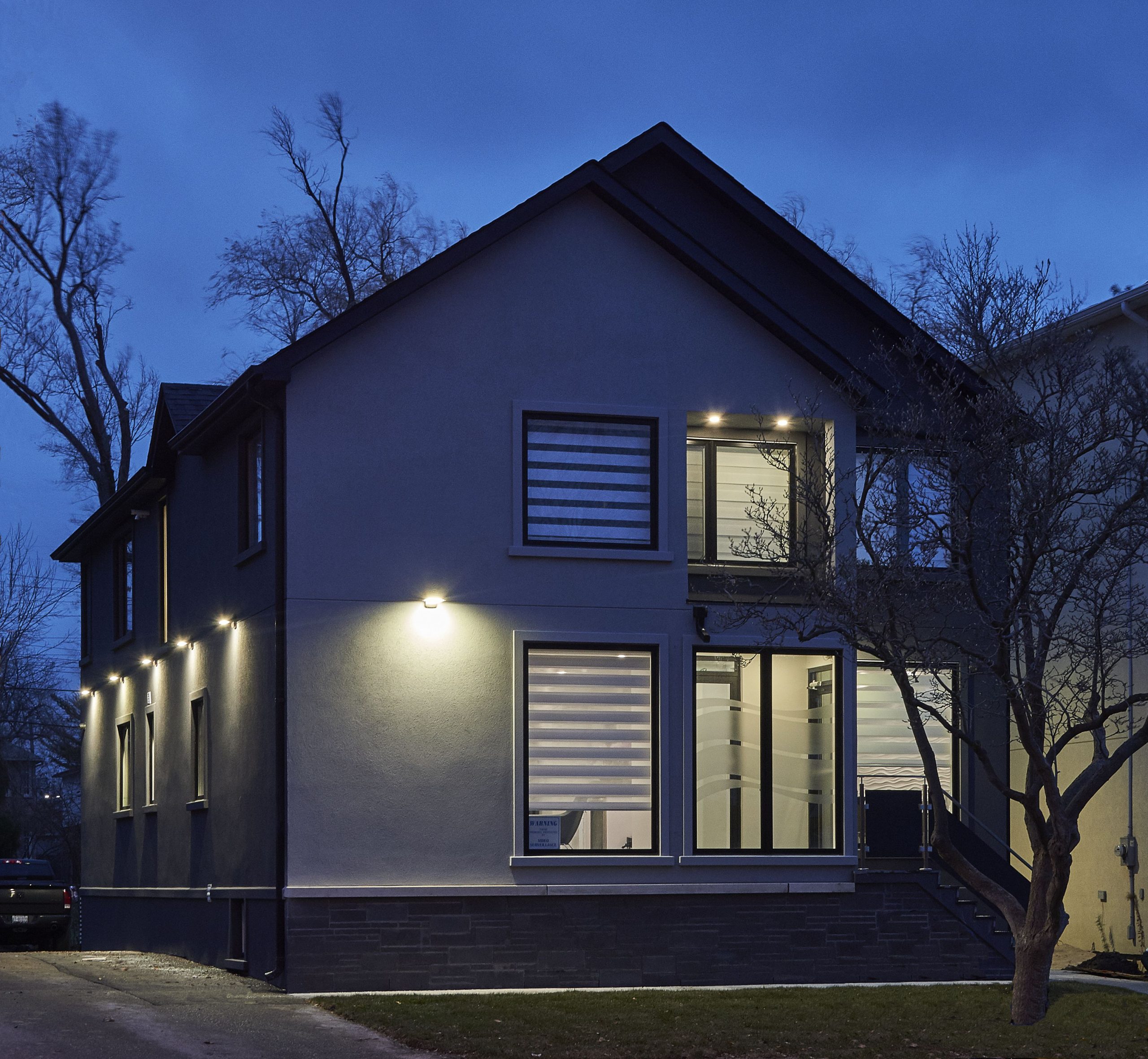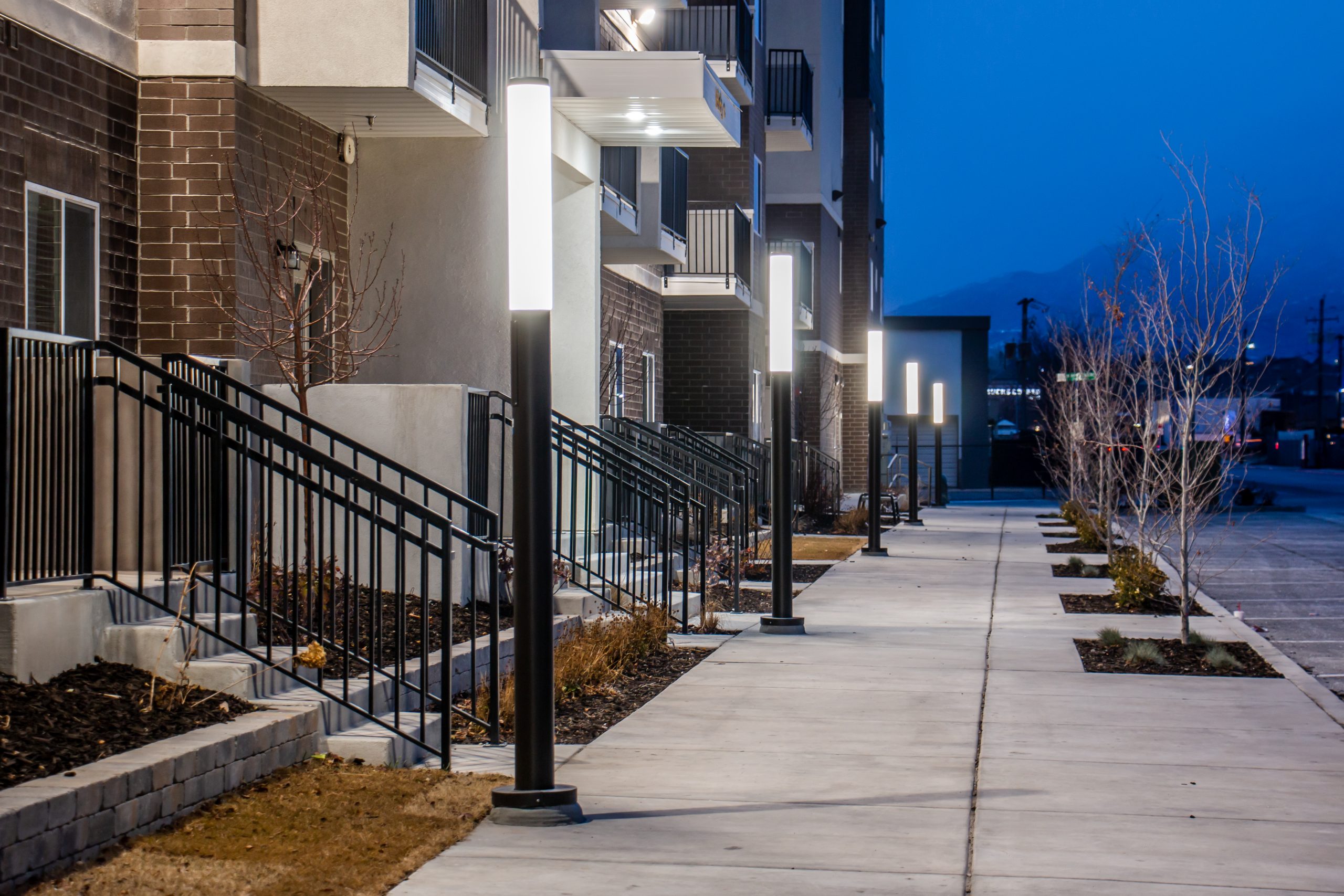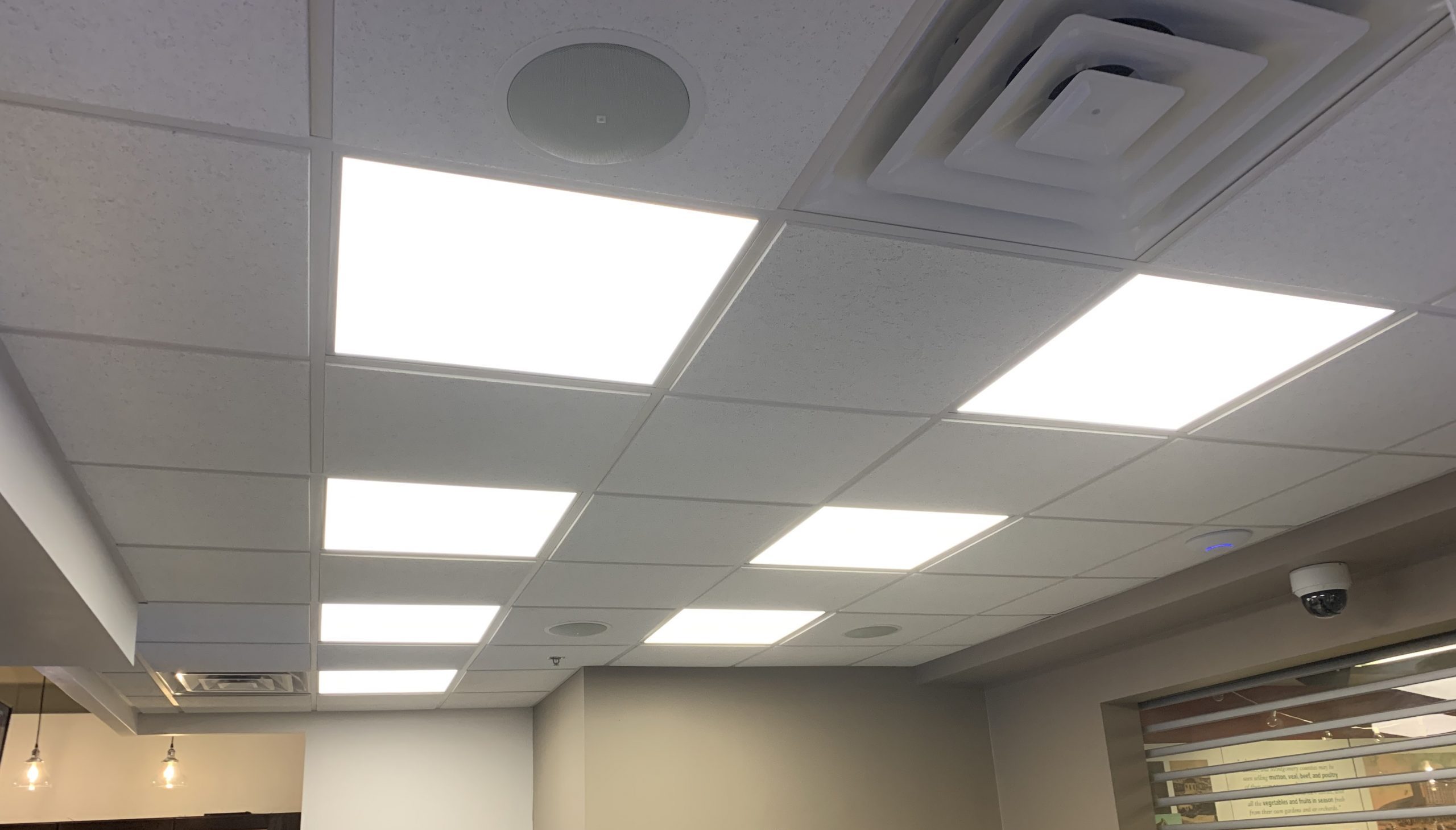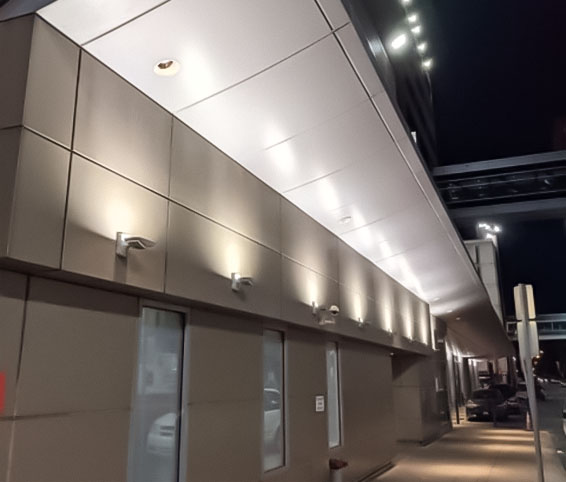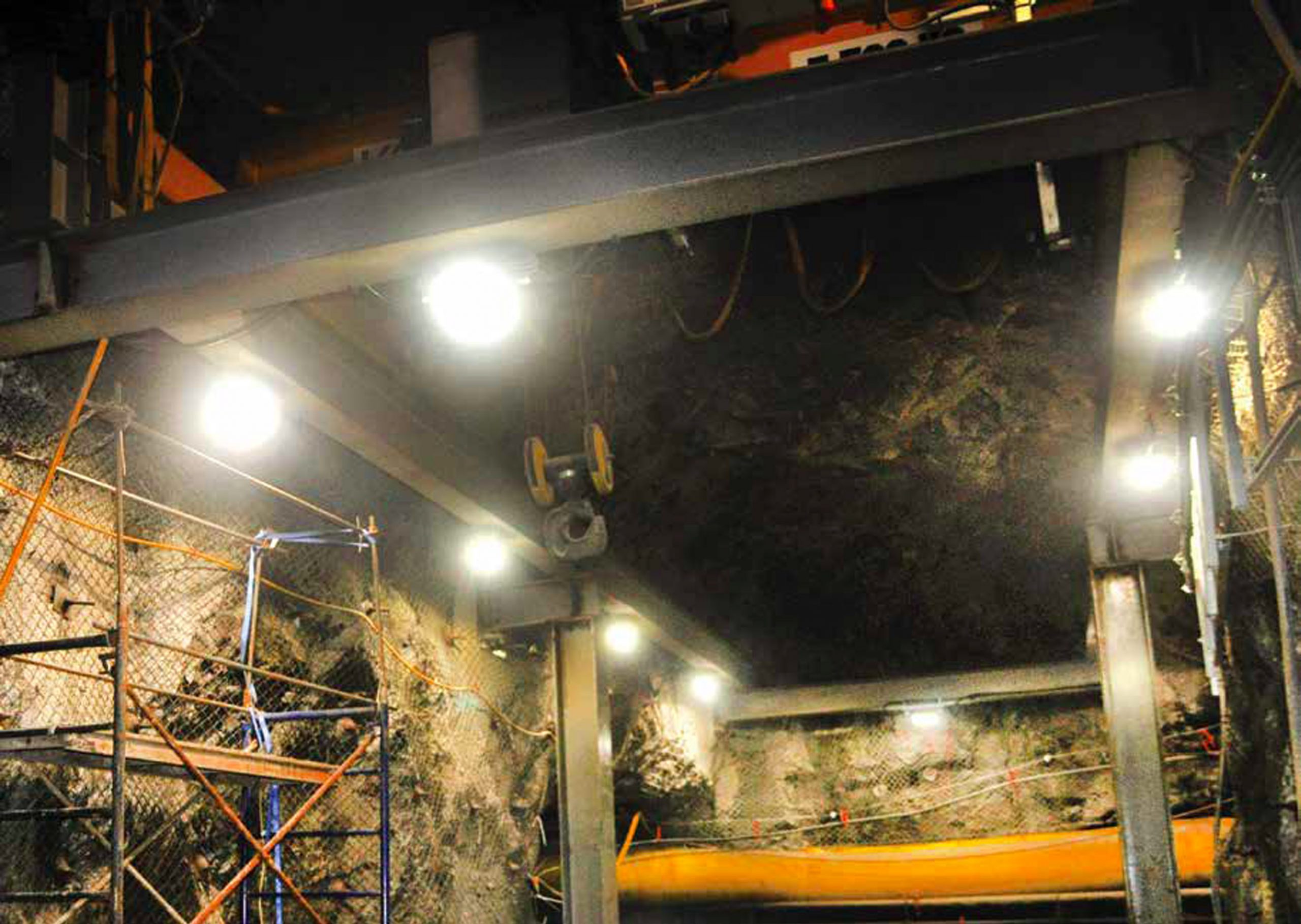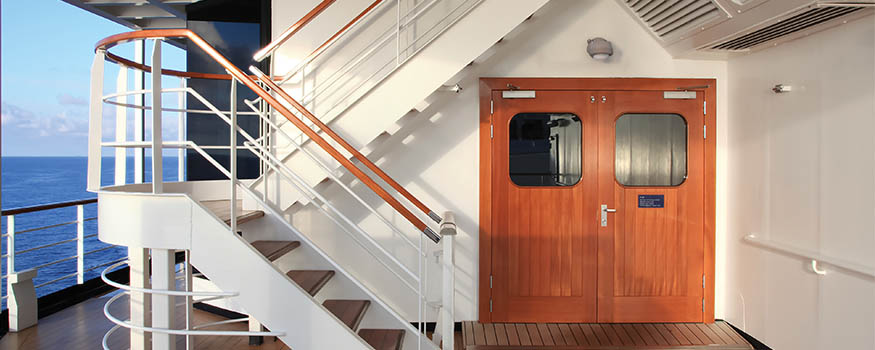Environment

Are LED Lights Considered Good for the Environment?
Yes, LED lights are better for the environment than traditional light sources as with proper heat management they can last much longer. LEDs deliver the same amount of lumens as traditional luminaires, but with less energy consumption. For example, a 400W HID luminaire can typically be replaced by a 150W LED luminaire and still deliver the same lumens.
Efficiency

Do LED Lights Burn Out?
Yes, all light sources will eventually burn out. However, LED sources typically last much longer than traditional light sources. They usually have a longer L70 rating. For example, a quality LED luminaire will have at least an L70 rating of 50,000 hours, while an HID luminaire may only have a rating between 6,000 to 15,000 hours.
Do LED Light Bulbs Save Money?
Yes, LED lights save money on energy consumption. They produce a higher rate of lumens per watt, meaning they are much more efficient and use less energy to produce the same amount of light.
What Does L70 Rating Mean?
L70 is a means of measuring lumen maintenance. The L70 refers to the point when an LED lamp source is producing 70% of its initial lumen output. For example, the RDA NTH-LED20 initial lumen output is 2089, its L70 rating is 100,000 hours. So at 100,000 hours the luminaire will be producing roughly 1462 lumens.
Why is this rating important when considering a luminaire?
This rating allows you to know how long you can depend on a luminaire to produce an acceptable amount of light.
Concerns

Do LED Lights Produce Heat?
The short answer is yes, LED luminaires produce heat. The long answer is that while LED diodes produce heat, it isn’t where you might think. The heat is generated at the back of the LED chip. So, the back of the diode gets really hot, but the front/exterior of the luminaire remains cool to the touch.
In order to obtain long life, it is crucial to manage the internal temperature (junction temperature) of LED diodes. This can be accomplished in a variety of methods, one of the most common being the implementation of heatsinks to pull the heat away from the LED diode and disperse it.
What Color Temperature (CCT) is Best for Your Eyes?
Ideally, the best light for your eyes is that of natural light, which would be around 5000K and higher. Natural light boosts your vitamin D and has a tremendous effect on your circadian rhythm. In the absence of natural light, it is best to design the light to the needs of the space. For example, in an environment such as a doctor’s office or surgical room you would install a luminaire with 5000K or higher CCT for bright blue-white light – something crisp and clean. On the other hand, In a recovery room, you may want to step down to something 3000K to 2700K, that is more calming and cozy.
What luminaire is the right luminaire for my application?
This is all relative. In order to figure out the right luminaire for the application you have to consider the following:
- Budget – What is the budget for this application?
- Rebates – Are there rebates available to offset the cost of the initial purchase of materials and labor?
- Time – How soon is the project going to start? When does it need to be completed?
- Usage – What is the usage of the given space? Is it a manufacturing plant, a supermarket, an office space? If work is being conducted, what type of work, is it a machinist shop where detailed work is being done or is it a warehouse?
- Demographic – What is the average age of the people occupying the space? Is an older demographic that will need more light, brighter light? Is it a young demographic that will not need as much light and would benefit from a warmer color temperature?
- In some applications, more than one luminaire might be needed to properly illuminate space.
Key Benefits

Are LED Lights Dimmable?
Yes, LED luminaires can be dimmed provided that:
- The driver controlling the LED is a dimmable driver.
- You use the right dimmer.
For example, some LED luminaires have a 0-10V dimming driver which would require a 0-10V dimmer. Others work off of ELV (Electronic Low Voltage), in this application you would use an ELV dimmer.
- You size the dimmer to the application. LED luminaires have a much larger inrush current (amount of power it takes to turn something on) than traditional light sources. In order to compensate for that initial inrush current, you have to upsize your dimmer.
Can I use LED lights outdoors?
Yes, LED luminaires can be used in outdoor application ratings provided they have the appropriate IP or UL rating. For outdoor applications, the appropriate IP rating could be anything from IP44 to IP68. IP65 rating should cover most outdoor applications. When using UL as a guideline for outdoor use, look for a damp (think lighting under canopies, soffits, etc.) or wet location rating. When in doubt, contact a professional for help selecting the right luminaire for the job.
Should I change my light bulbs to LED?
Yes, the benefits to switching to LED from traditional light sources have been addressed ad nauseam over the past 15 years. LEDs are more environmentally friendly, and typically have a longer lifespan than traditional light sources. They also save on energy and labor costs, and are easier to control than some traditional light sources, like HIDs.
